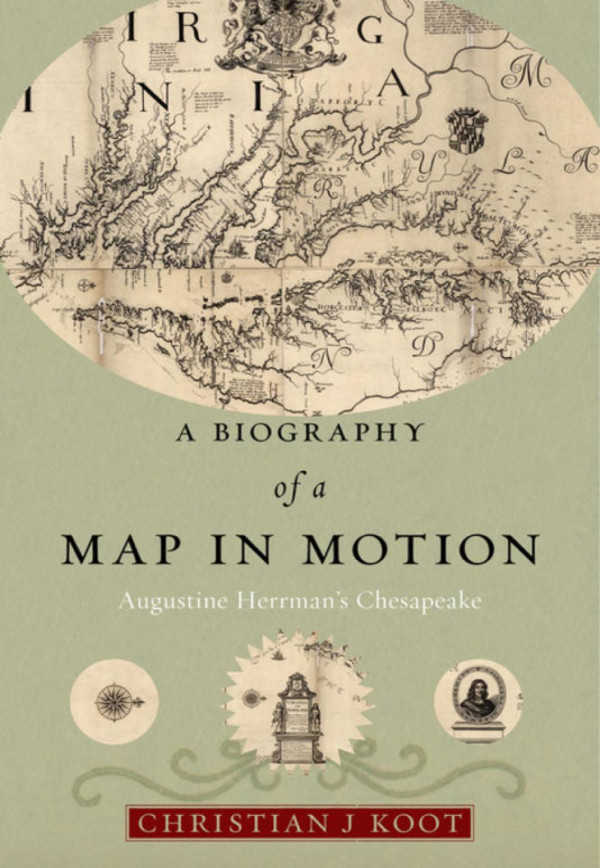

Most ebook files are in PDF format, so you can easily read them using various software such as Foxit Reader or directly on the Google Chrome browser.
Some ebook files are released by publishers in other formats such as .awz, .mobi, .epub, .fb2, etc. You may need to install specific software to read these formats on mobile/PC, such as Calibre.
Please read the tutorial at this link: https://ebookbell.com/faq
We offer FREE conversion to the popular formats you request; however, this may take some time. Therefore, right after payment, please email us, and we will try to provide the service as quickly as possible.
For some exceptional file formats or broken links (if any), please refrain from opening any disputes. Instead, email us first, and we will try to assist within a maximum of 6 hours.
EbookBell Team

4.4
72 reviewsReveals the little known history of one of history’s most famous maps – and its maker
Tucked away in a near-forgotten collection, Virginia and Maryland as it is Planted and Inhabited is one of the most extraordinary maps of colonial British America. Created by a colonial merchant, planter, and diplomat named Augustine Herrman, the map pictures the Mid-Atlantic in breathtaking detail, capturing its waterways, coastlines, and communities. Herrman spent three decades travelling between Dutch New Amsterdam and the English Chesapeake before eventually settling in Maryland and making this map. Although the map has been reproduced widely, the history of how it became one of the most famous images of the Chesapeake has never been told.
A Biography of a Map in Motion uncovers the intertwined stories of the map and its maker, offering new insights into the creation of empire in North America. The book follows the map from the waterways of the Chesapeake to the workshops of London, where it was turned into a print and sold. Transported into coffee houses, private rooms, and government offices, Virginia and Maryland became an apparatus of empire that allowed English elites to imaginatively possess and accurately manage their Atlantic colonies.
Investigating this map offers the rare opportunity to recapture the complementary and occasionally conflicting forces that created the British Empire. From the colonial and the metropolitan to the economic and the political to the local and the Atlantic, this is a fascinating exploration of the many meanings of a map, and how what some saw as establishing a sense of local place could translate to forging an empire.